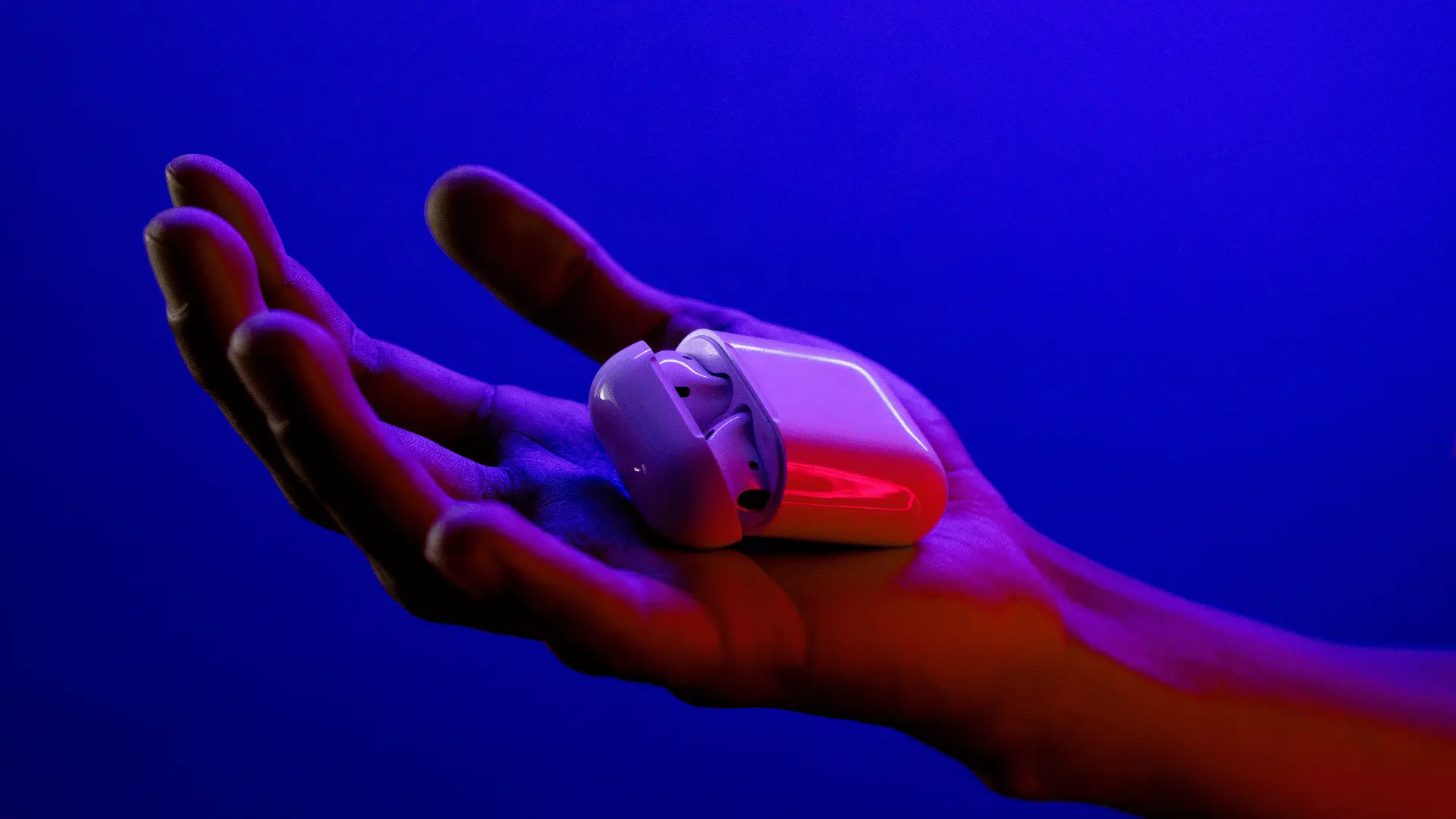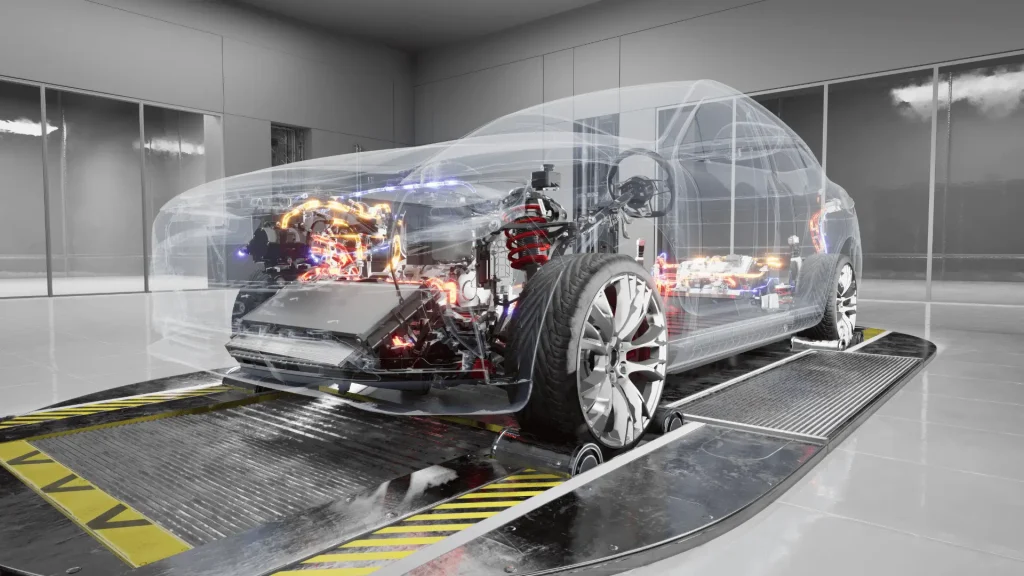The tech industry occasionally gifts spectacular misfires in the relentless pursuit of innovation that serve as cautionary tales. We revisit some of the most notable tech failures of the past decade, each offering a unique lesson in the art of failure.
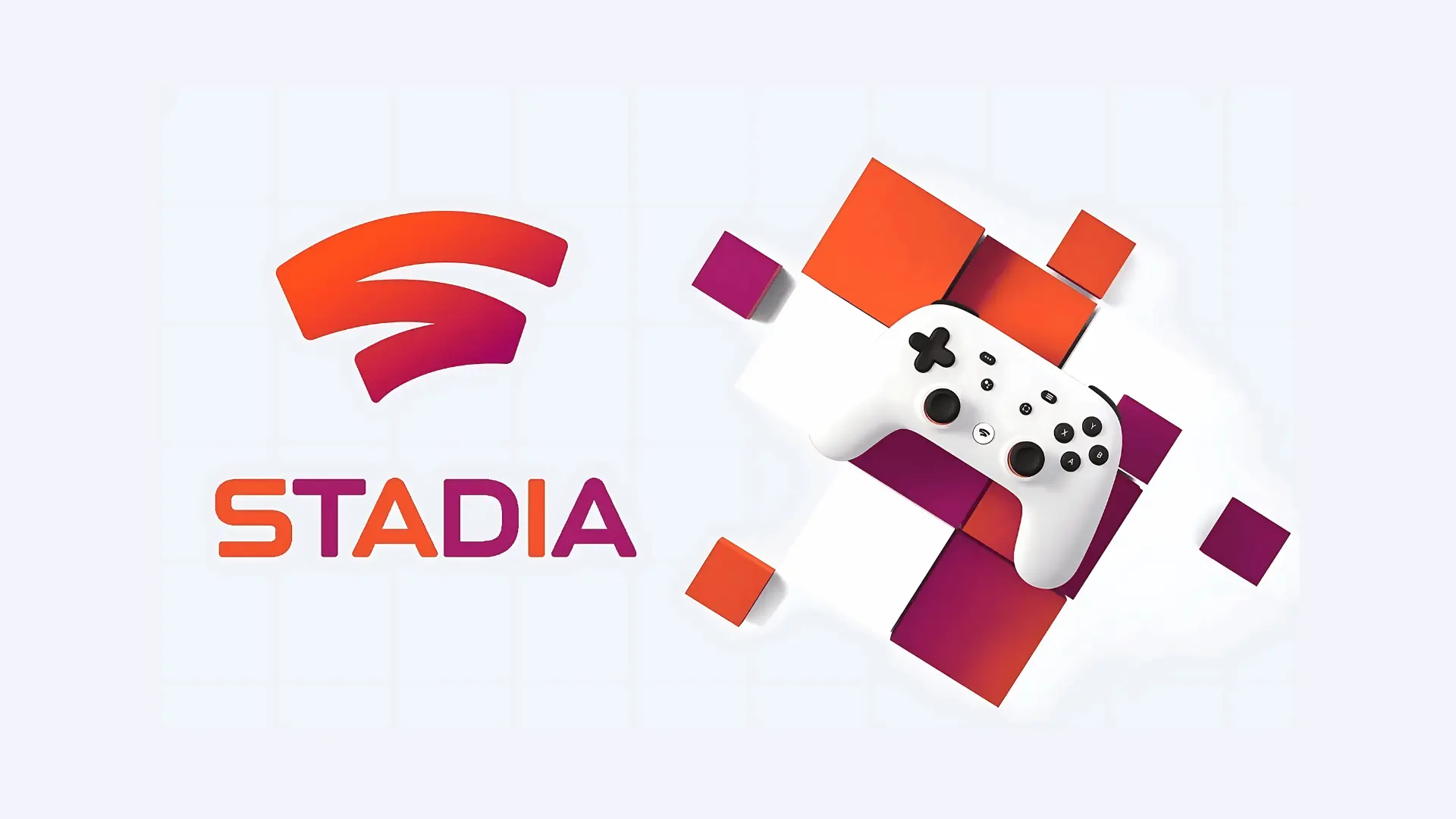
Google Stadia: A Game of Missed Potential
When Google launched Stadia in 2019, it promised to revolutionise gaming by letting players stream high-quality games without a console. But between a lacklustre game library, a confusing pricing structure, and performance hiccups, Stadia quickly became a cautionary tale. It was unplugged in early 2023, proving that even giants can misjudge a market resulting in tech failures.
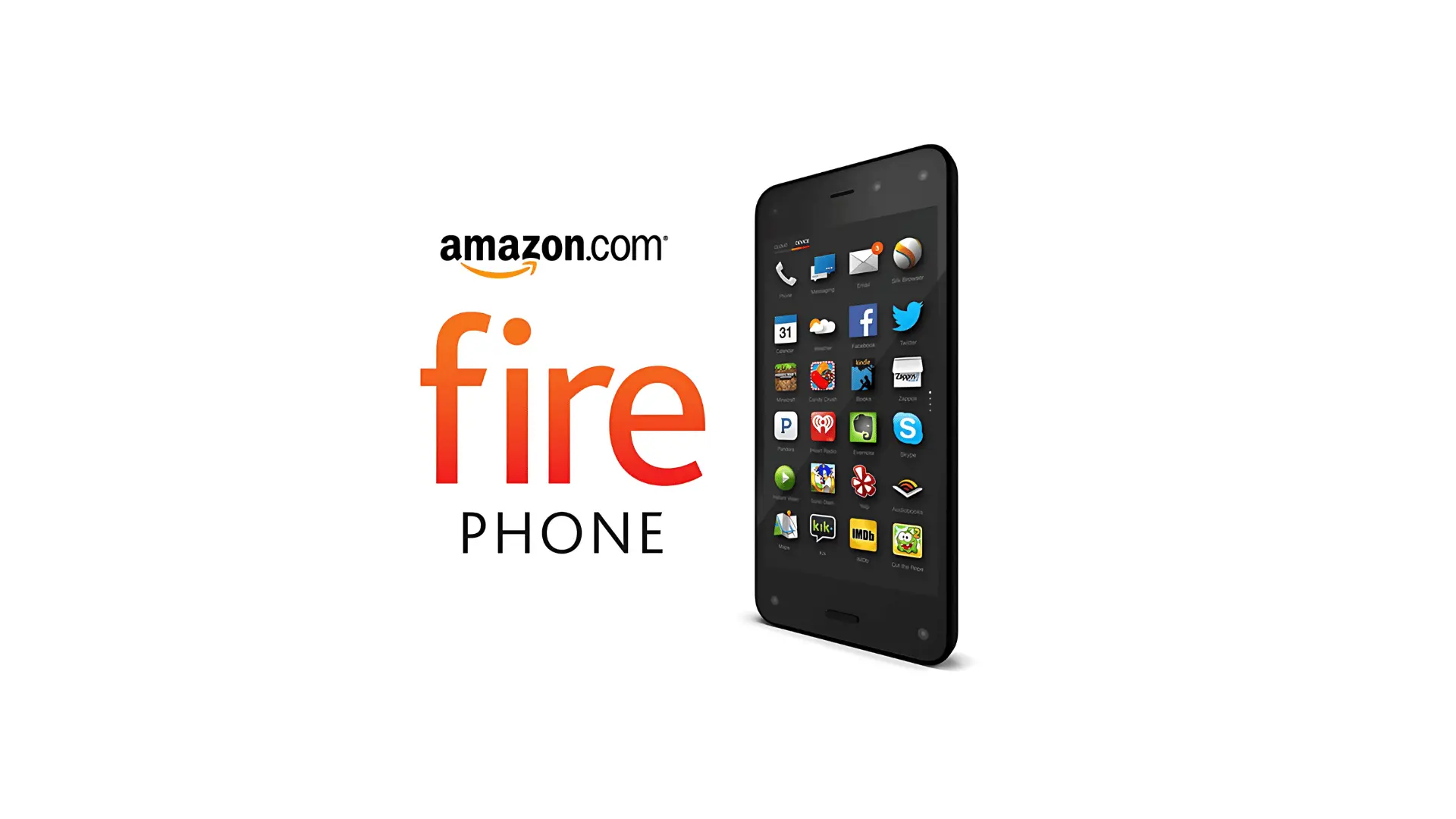
Amazon Fire Phone: Crash and Burn
Amazon entered the smartphone race in 2014 with the Fire Phone, betting on gimmicks like Dynamic Perspective to stand out. Overpriced and underwhelming, the Fire Phone lasted barely a year – a rare misstep for Amazon, but at least Prime membership kept its street cred intact.
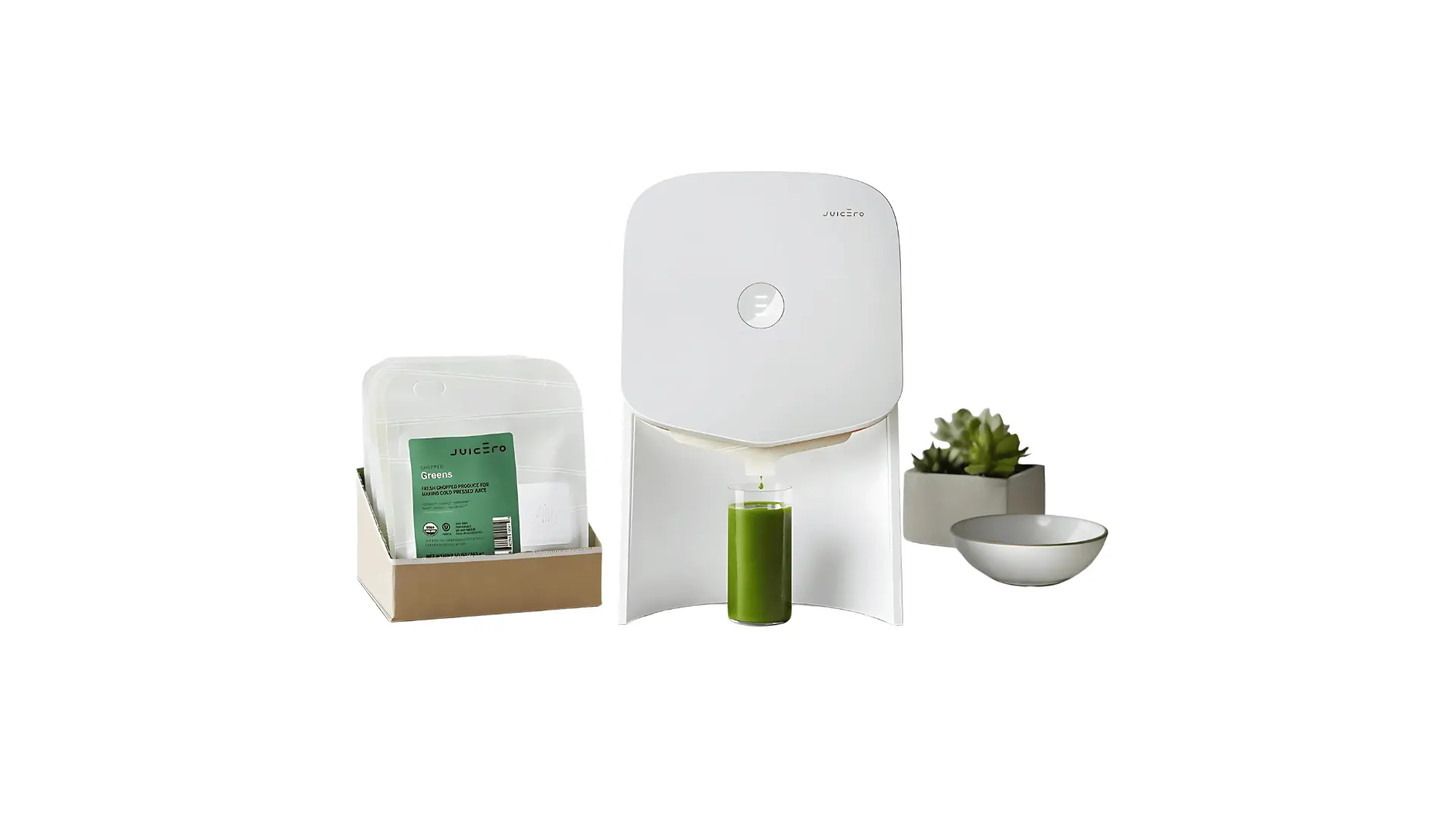
Juicero: Squeezing the Wallet
Juicero, a $700 Wi-Fi-connected juicer, became a punchline when it was revealed that you could hand-squeeze its pricey juice packs. Juicero ceased operations in 2017, symbolising Silicon Valley’s occasional detachment from reality.
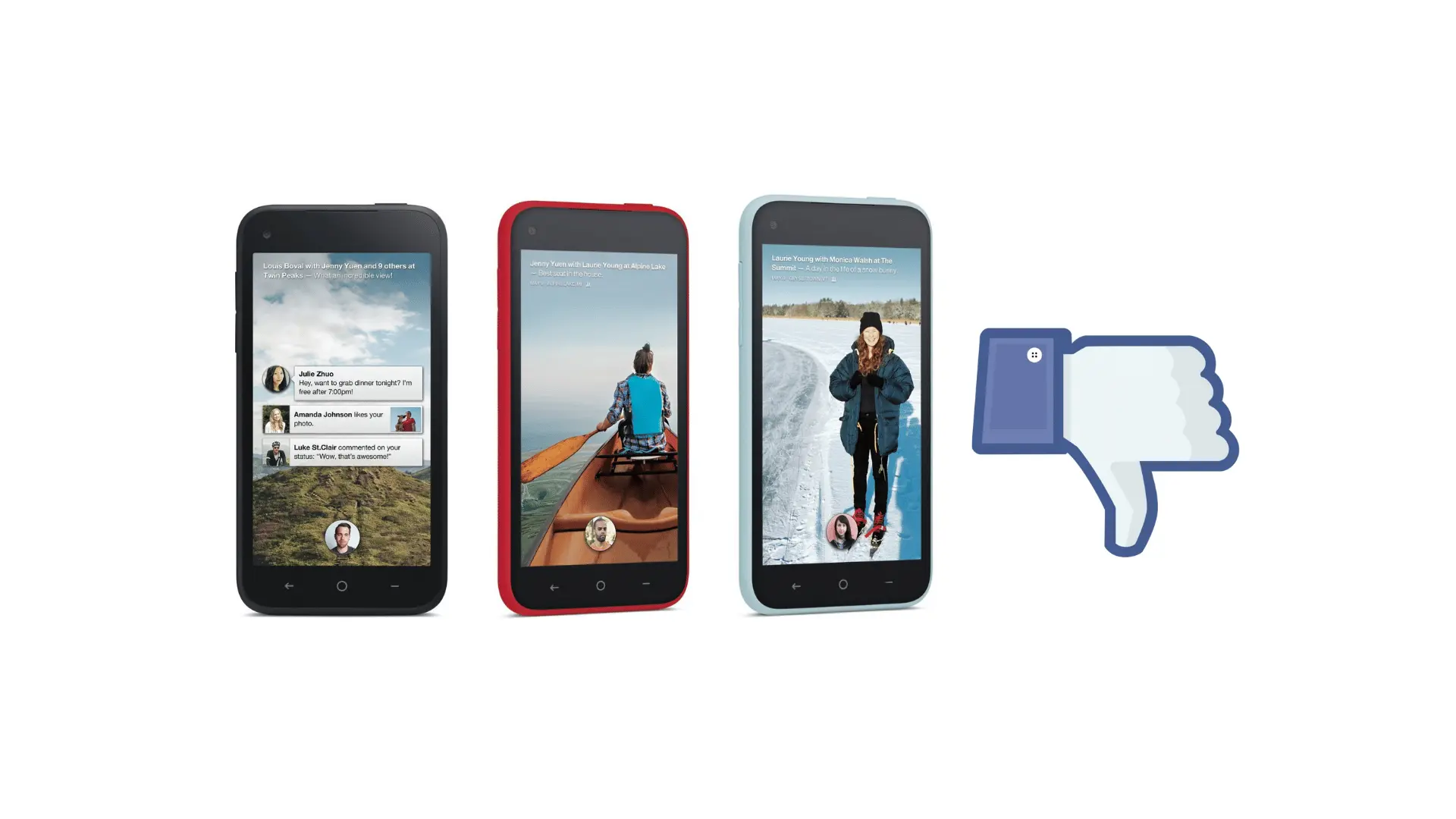
Facebook Home and HTC First: The Facebook Phone Nobody Wanted
In 2013, Facebook tried to make Android all about Facebook. The HTC First debuted with the Facebook Home interface, which integrated deeply into the device. The reception was tepid at best. Poor sales led to its swift demise, proving that even Zuckerberg can misread the room.
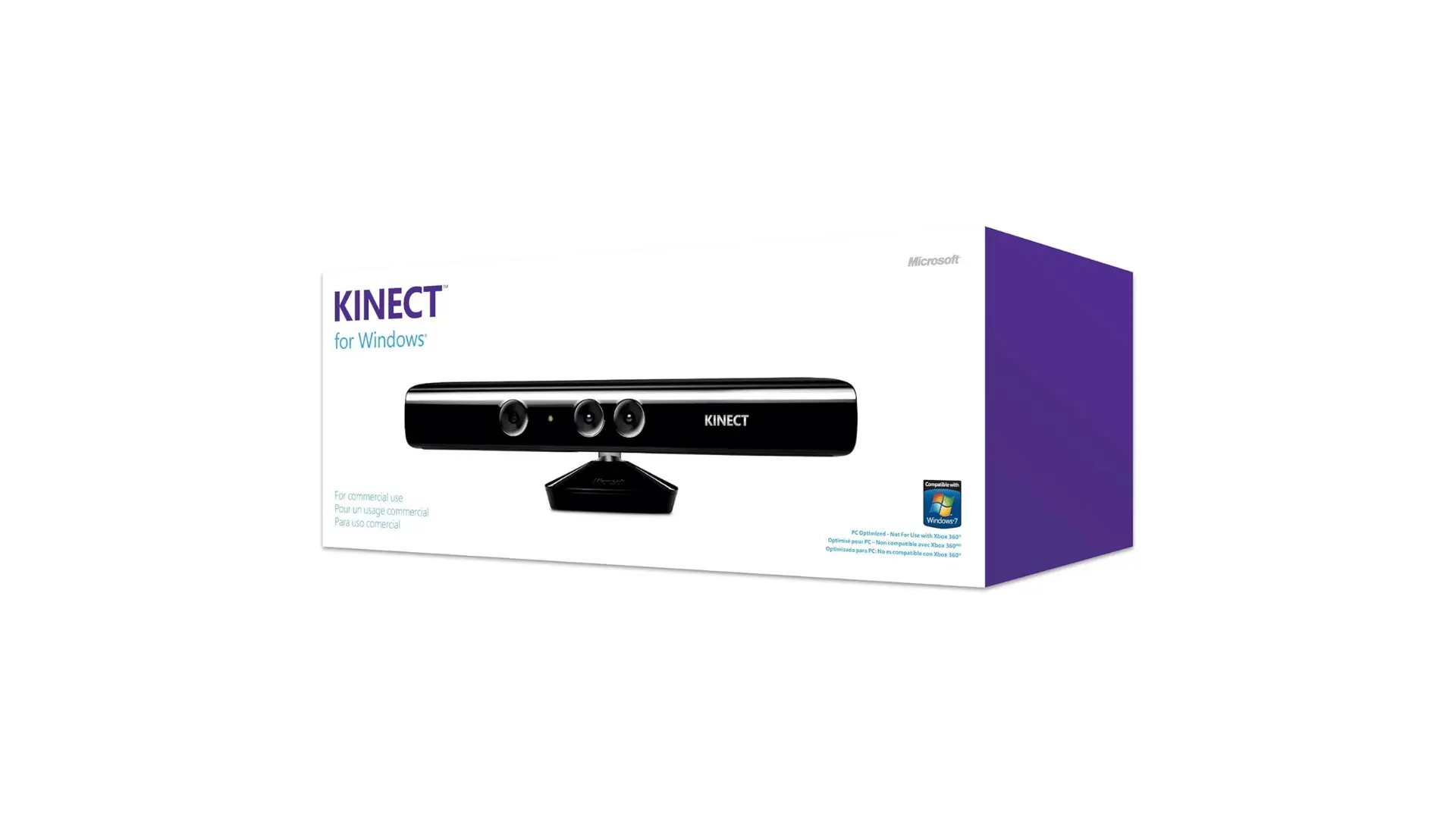
Microsoft Kinect: Gesture Control Gone Wrong
The Kinect was supposed to redefine gaming. Instead, it became a footnote in Xbox history. Laggy motion controls, limited games, and frustrated users doomed the device by 2017. Novelty, as it turns out, does not guarantee sustainability.
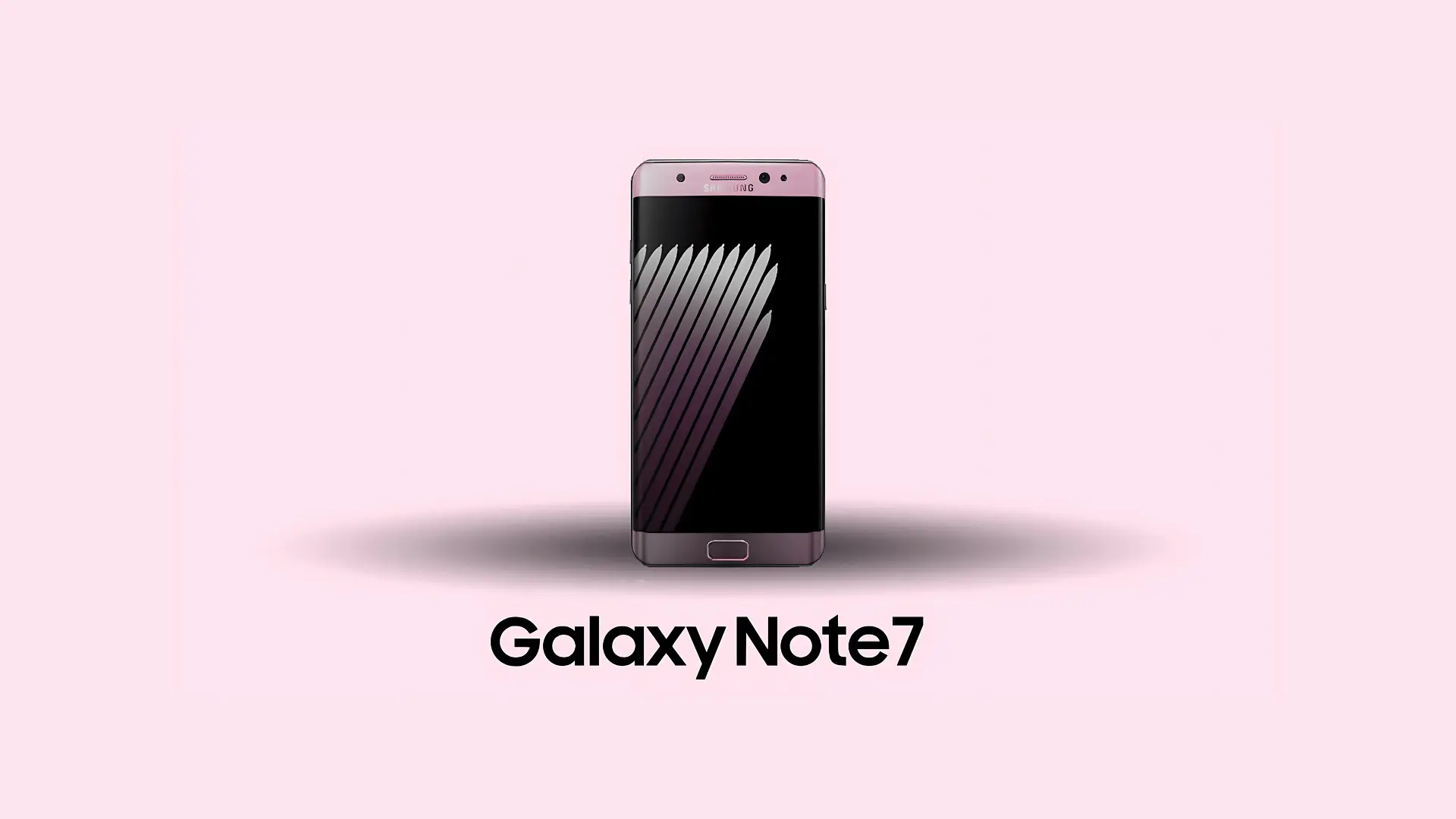
Samsung Galaxy Note 7: The Hot Potato
Launched in 2016, the Galaxy Note 7 was the hottest phone of the year – literally. Issues with overheating caused some devices to catch fire, triggering a global recall and a multi-billion-dollar loss. Samsung eventually recovered, but the debacle remains a fiery reminder of the importance of quality control.
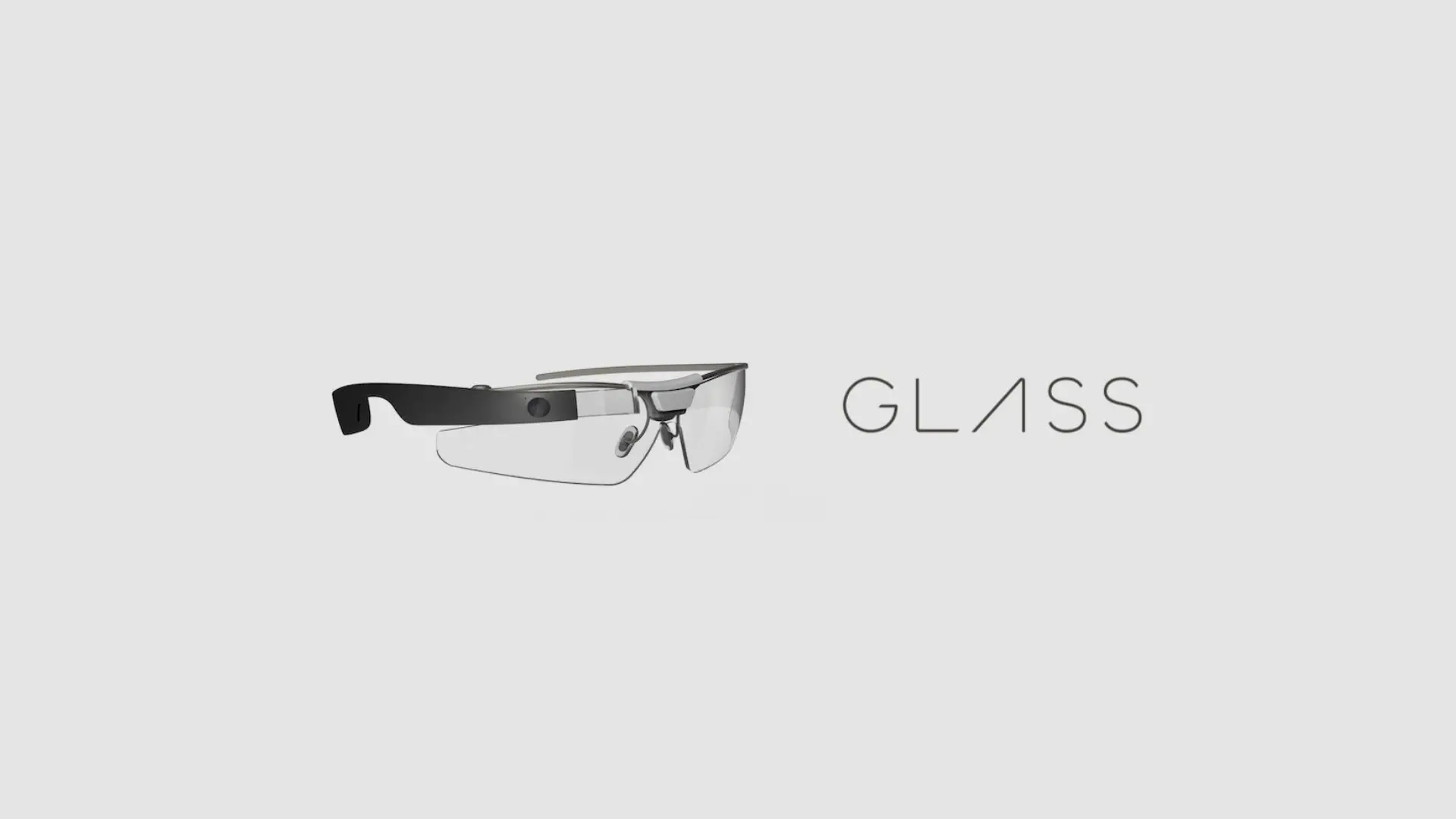
Google Glass: Visionary but Misguided
Google Glass, launched in 2013, felt straight out of a sci-fi movie. Too bad the world was not ready. Privacy concerns, a steep price, and limited functionality sank consumer sales by 2015. While the concept lives on in niche enterprise applications, it is hard to shake the memory of Glass’s public faceplant.
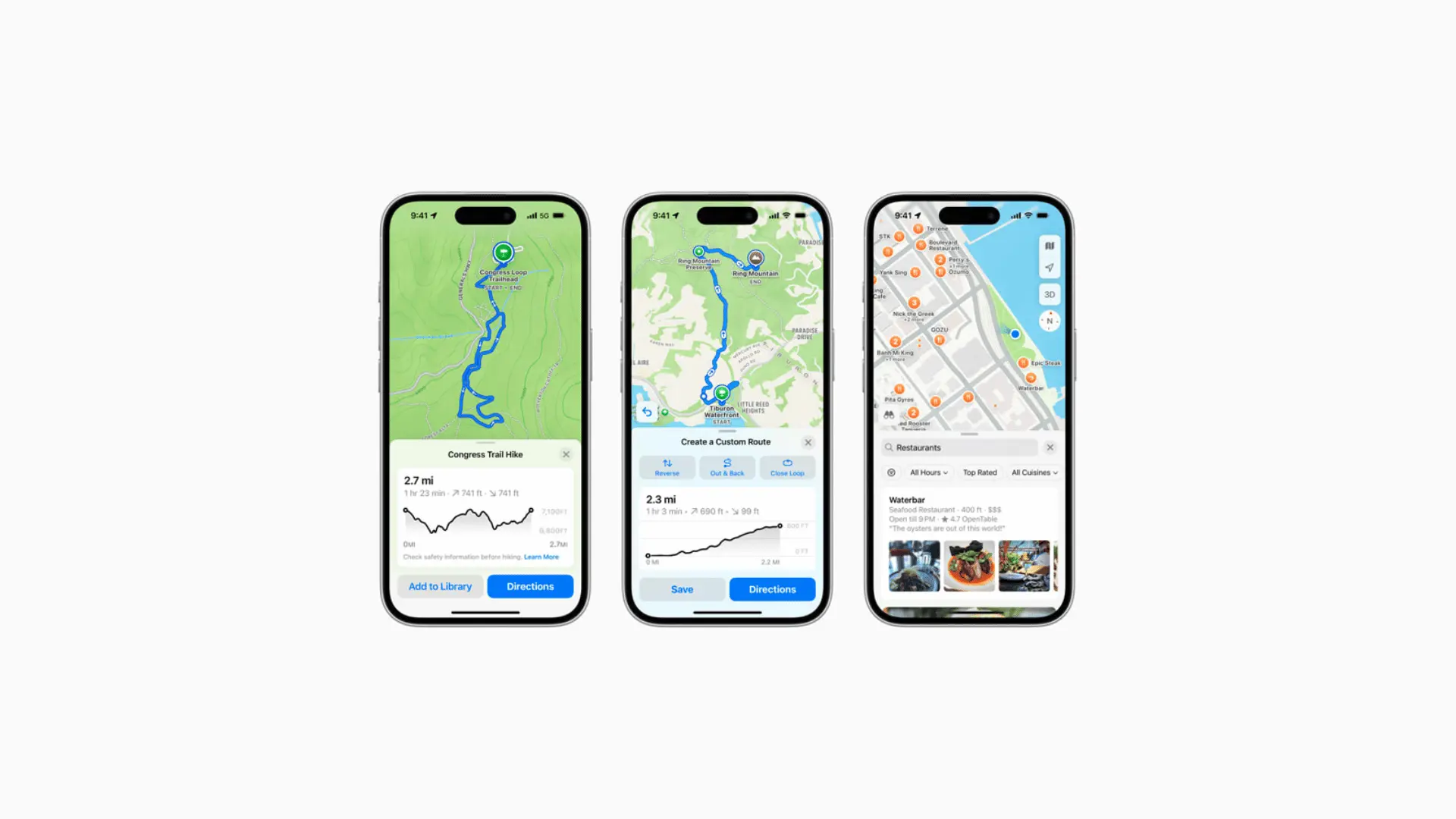
Apple Maps: Lost and Found
Apple Maps’ 2012 launch was legendary – for all the wrong reasons. Wrong directions, misplaced landmarks, and an apology from Apple’s CEO made it an instant meme. Though it has since improved dramatically, its disastrous debut remains a case study of why first impressions matter.

Google+: The Social Media Nobody Needed
Google+ entered the social media arena in 2011, aiming to dethrone Facebook. Despite Google’s clout, the platform floundered, plagued by low engagement and a lack of a clear purpose. It finally folded in 2019, illustrating that even big players can misfire in crowded markets.
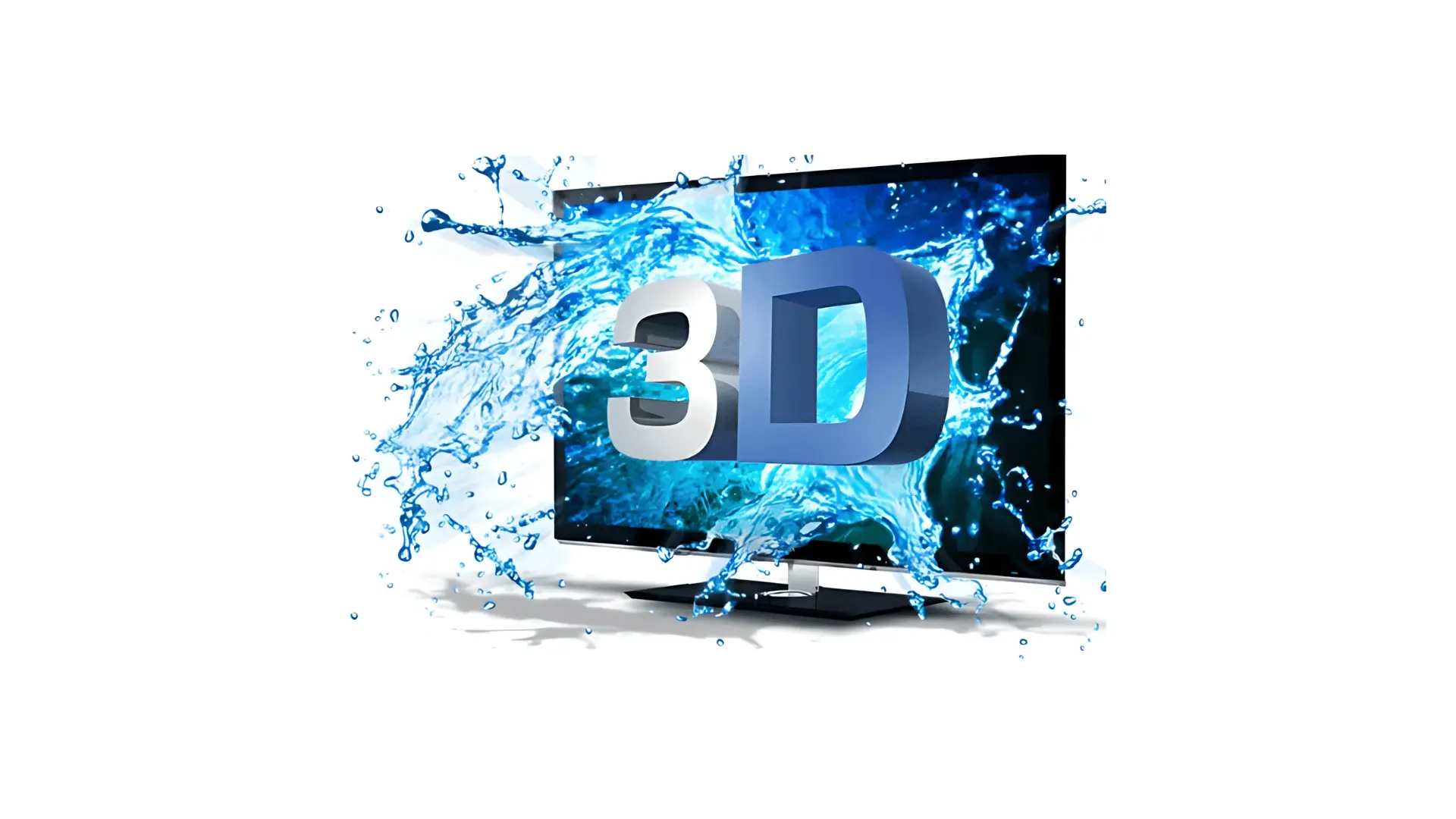
3D TVs: A Flat Experience
Touted as the next revolution in home entertainment, 3D TVs fizzled due to awkward glasses, sparse content, and dwindling consumer interest. By the late 2010s, manufacturers quietly pulled the plug, proving that not all game-changing innovations are worth the hype.
Lessons from the Flop Files
These tech failures are not just entertaining; they are educational. They remind us that innovation needs substance, not just flash. Consumer needs, rigorous testing, and realistic expectations should always come first – unless you are fine with being the punchline of the decade.

